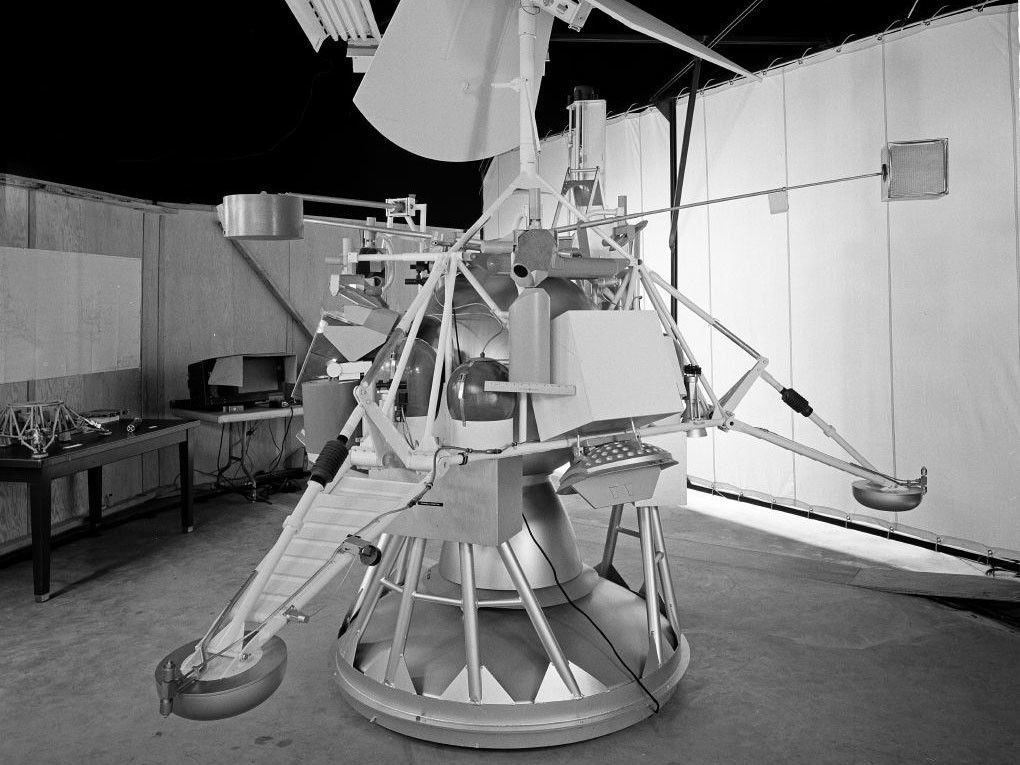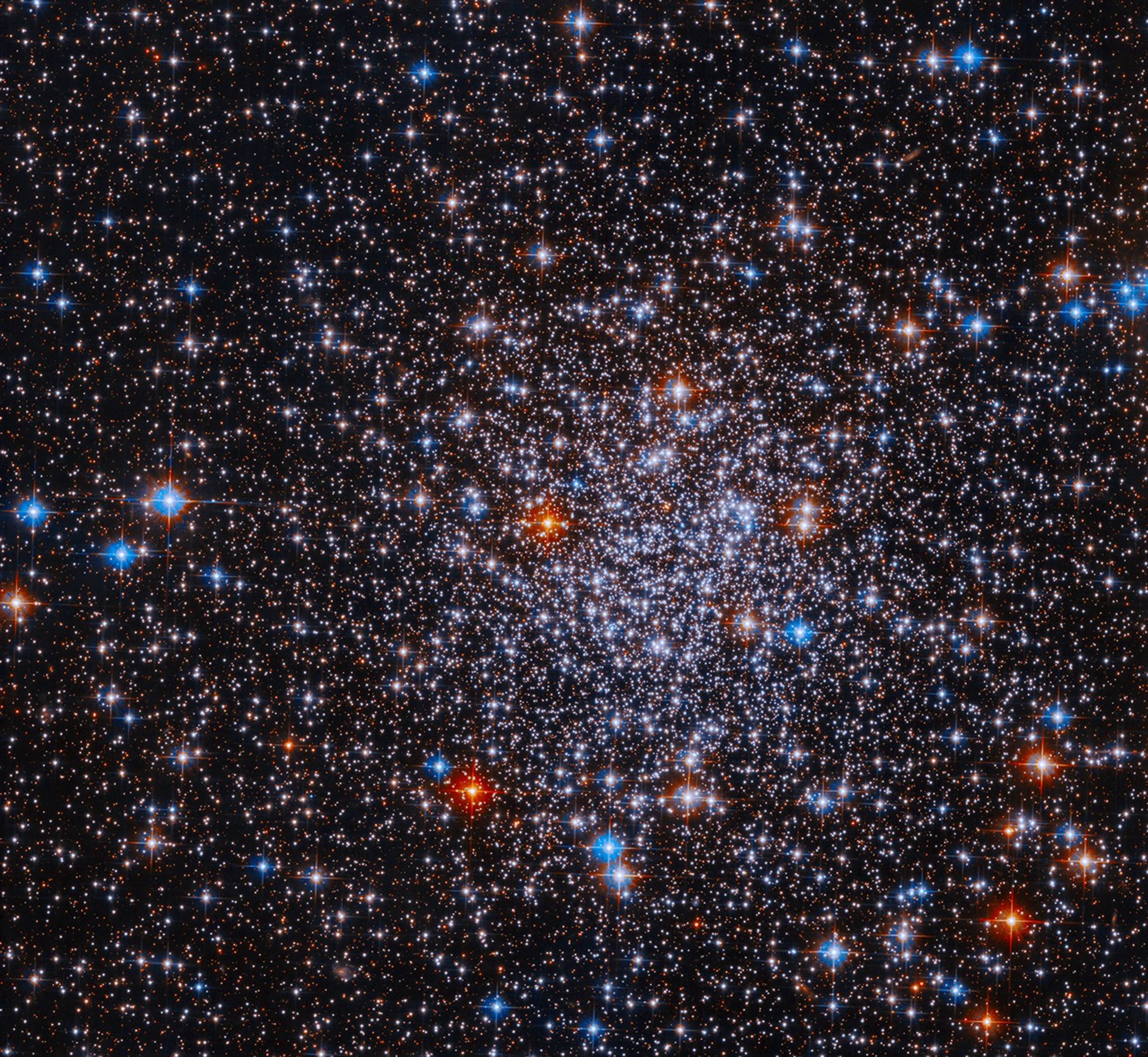Surveyor 1
Type
Launch
Target
Objective
What was Surveyor 1?
NASA's Surveyor 1 completed the first true soft-landing on the Moon. The mission was considered a complete success and demonstrated the technology necessary to achieve landing and operations on the lunar surface.
| Nation | United States of America (USA) |
| Objective(s) | Lunar Soft-Landing |
| Spacecraft | Surveyor-A |
| Spacecraft Mass | 2,194 pounds (995.2 kilograms) |
| Mission Design and Management | NASA / JPL |
| Launch Vehicle | Atlas Centaur (AC-10 / Atlas D no. 290 / Centaur D) |
| Launch Date and Time | May 30, 1966 / 14:41:01 UT |
| Launch Site | Cape Canaveral, Fla. / Launch Complex 36A |
| Scientific Instruments | 1. TV Camera |
Firsts
- First soft-landing on the Moon
Key Dates
May 30, 1966: Launch
June 2, 1966: Soft-landing on the Moon
July 14, 1966: Primary mission completed
Jan. 7, 1967: Contact with spacecraft ended
In Depth: Surveyor 1
In January 1961, NASA selected Hughes Aircraft Company to build a series of seven soft-landing vehicles, each weighing about 750 pounds (340 kilograms), to “land gently on the Moon, perform chemical analyses of the lunar surface and subsurface and relay back to Earth television pictures of lunar features.”
These vehicles were to be designed and built under the technical direction of NASA's Jet Propulsion Laboratory and launched in the period of 1963-1966. Unlike the Soviet Luna landers, Surveyor was a true soft-lander, comprised of a 10-foot (3-meter) tall vehicle based on a 60-pound (27-kilogram) thin-walled aluminum triangular structure with one of three legs at each corner and a large solid-propellant retro-rocket engine that comprised over 60% of the spacecraft’s overall mass in the center.
The spacecraft was equipped with a Doppler velocity-sensing system that fed information into the spacecraft computer to implement a controllable descent to the surface. Each of the three landing pads also carried aircraft-type shock absorbers and strain gauges to provide data on landing characteristics, important for future Apollo missions.
Surveyor 1, the first in the series, was an unprecedented success. NASA accomplished the first true soft-landing on the Moon on its very first try when the probe landed in the southwestern region of the Ocean of Storms at 06:17:36 UT June 2, 1966, just 63.6 hours after launch from Cape Canaveral, Florida. Touchdown coordinates were announced as 2.46 degrees south latitude and 43.32 degrees west longitude, just 9 miles (14 kilometers) from the planned target. At landing, the spacecraft weighed 649 pounds (294.3 kilograms).
The initial panoramic views from the lunar surface indicated that Surveyor 1 was resting in a 62-mile (100-kilometer) diameter crater that contained boulders more than 3 feet (1 meter) scattered all around.
The photos showed crest lines of low mountains on the distant horizon. The lander transmitted 11,240 high-resolution images over two separate communications sessions by July 6, 1966.
Although the primary mission was completed by July 14, 1966, NASA maintained contact until Jan. 7, 1967. Without doubt, Surveyor 1 was one of the great successes of NASA’s early lunar and interplanetary program.
Key Source
Siddiqi, Asif A. Beyond Earth: A Chronicle of Deep Space Exploration, 1958-2016. NASA History Program Office, 2018.

































